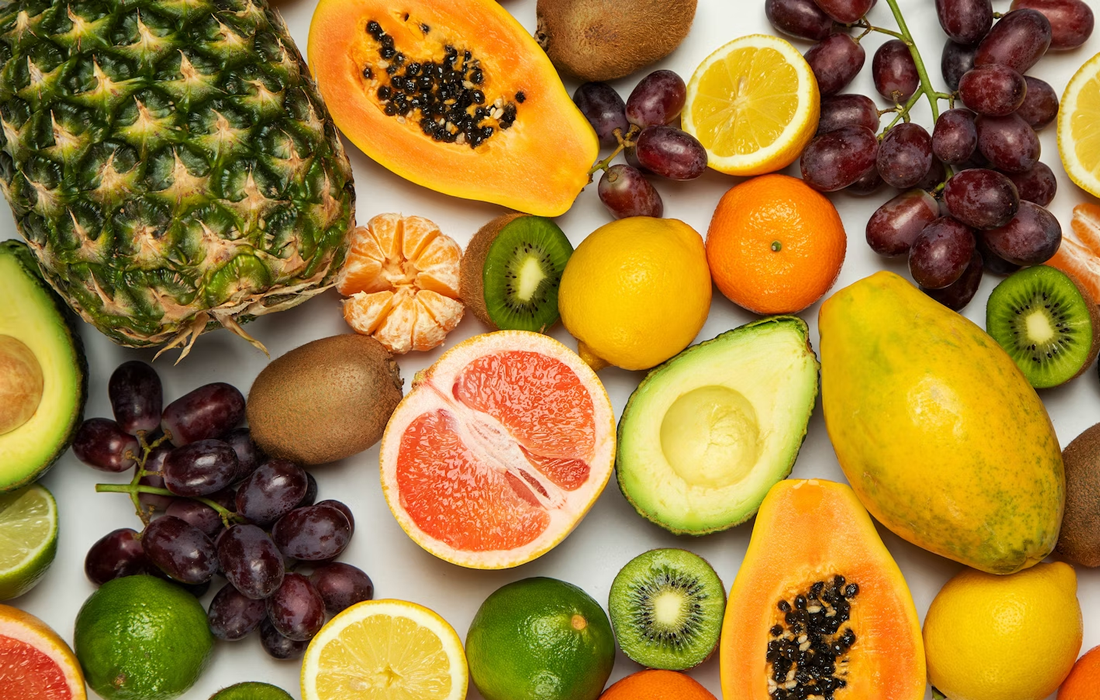Nutrition and Supplements
How Insoluble Fiber Can Lower Your Risk of Type 2 Diabetes and Cancer
Multiple studies attest that consuming plant foods may reduce chronic illnesses such as type 2 diabetes, cardiovascular disease, and certain cancers.
Researchers at the University of Minnesota in St. Paul, MN, have now uncovered additional benefits of insoluble fiber beyond improving stools and laxation.
In their recent review study, the experts found that bioactives in insoluble dietary fiber (IDF) may support health in different ways. They also discovered that isolated fiber may be added to various foods to boost their nutritional value.
Such fiber may easily be derived from food production byproducts such as peel, pulp, or pomace—substances that are rich in fiber and bioactives.
Dr. Joanne Slavin, professor of nutritional sciences at the University of Minnesota’s Department of Food Science and Nutrition and co-author of the study, said: “Fiber is the marker of health that is included in our dietary guidelines and found on product labels, but our research indicates that we need to ensure the other valuable components of fiber-containing plant sources —the bioactives —are also recognized as providing valuable benefits for human health.”
The findings were published in Nutrients.
The search yielded 30 IDF sources assessed for bioactive content, including rice, wheat, lentils, mango, beets, and berries. Dr. Slavin’s team evaluated the bioactive content of each according to total phenolic content (TPC), total flavonoid content (TFC), and antioxidant activity (AA).
The University of Minnesota team noted that IDF is present in certain plant foods and within different tissues of the plants. They also said that “Many plants contain tissues that have different types of fiber, or one tissue type will contain fiber where the other does not.”
Moreover, they observed that the IDF and bioactive content varies according to the extraction, processing, and treatment of the IDF sources.
For instance, different extraction methods yielded more or fewer carotenoids with sweet corncobs and Mexican apple pomace powders. Temperatures during processing also made a difference with bioactivity.
The study’s authors pointed out that most commercial ready-to-eat foods are baked goods with little nutritional value.
Cooking lowered the bioactivity of some foods, but the bioactivity remained higher than in the control food. The study’s authors concluded that IDF “may be useful as a supplement for consumers.”
The University of Minnesota researchers hope their work can provide plant-based foods with higher nutritional value.
“The collection of literature we reviewed and the results of this research can serve as a paradigm shift in how the food and health industries, as well as consumers, view insoluble dietary fiber and bioactive,” said graduate student and lead author Madeline Timm.
“Past thinking that soluble dietary fiber has the most physiological benefits while insoluble fiber only alters bowel function is no longer accepted. Dietary guidance must continue to support increased consumption of plant foods to increase our total dietary fiber intake to the recommended levels,” Dr. Slavin and her team concluded.
Sources:
Timm, M., Offringa, L. C., Van Klinken, B. J., & Slavin, J. (2023). Beyond Insoluble Dietary Fiber: Bioactive Compounds in Plant Foods. Nutrients, 15(19), 4138. https://doi.org/10.3390/nu15194138
University of Minnesota (2023). Beyond Insoluble Dietary Fiber: Bioactive Compounds in Plant Foods. MedicalNewsToday. Retrieved November 2, 2023 from https://www.medicalnewstoday.com/articles/how-insoluble-fiber-can-lower-your-risk-of-type-2-diabetes-cancer#Comparing-different-foods-bioactive-content
Image from: https://unsplash.com/photos/sliced-orange-fruit-and-green-round-fruits-M_xIaxQE3Ms

